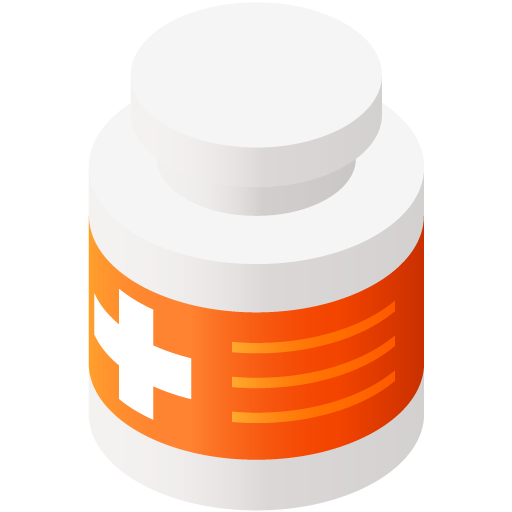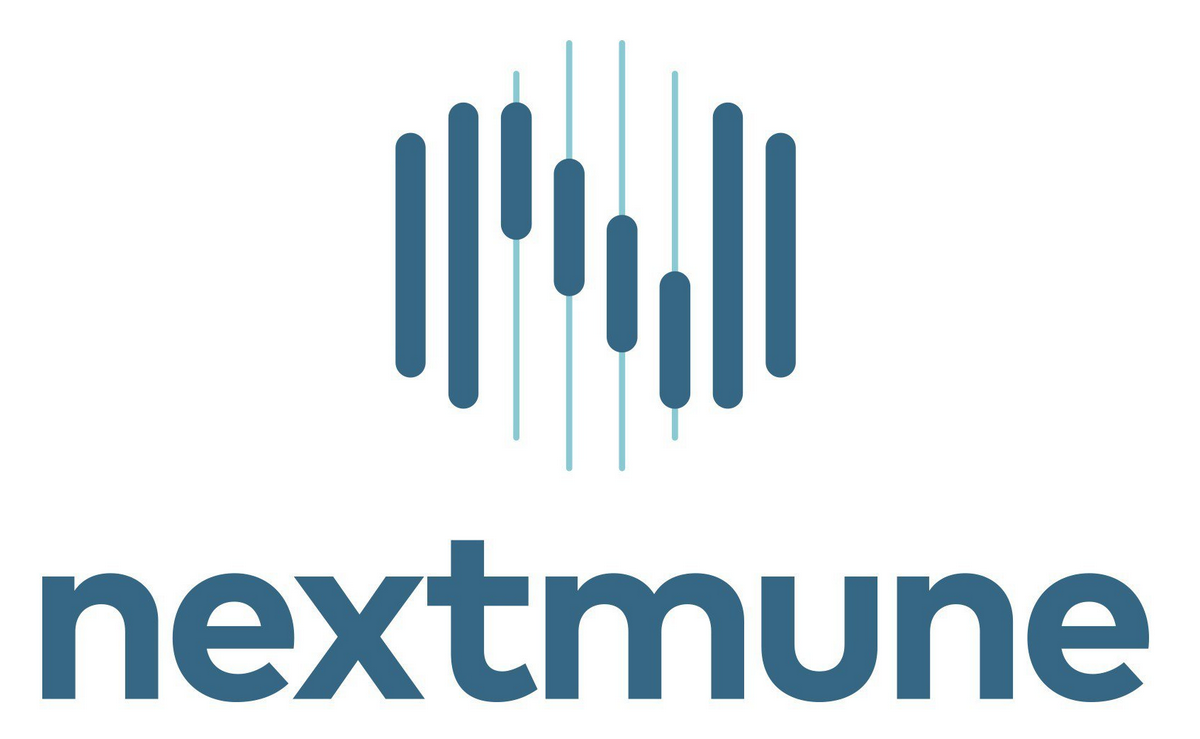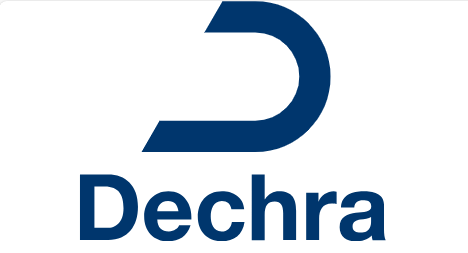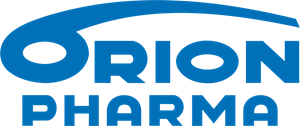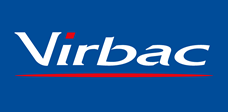Combination therapy
No results were found for your selected species
Copinox Lamb
Active substance
ATC code
Species
Sheep, (lambs)
Indications
For the prevention and treatment of hypocuprosis in sheep
Dose to be administered and administration route
For oral administration.
Lambs (over 10 kg bodyweight and over 5-weeks old) receive one 2 g (white) capsule (equivalent to 200 mg copper oxide/kg for a 10 kg lamb).
The capsules should be administered orally over the back of the tongue by use of a dosing gun/standard drench gun fitted with the special adaptors provided. The capsule is inserted at one end and the other end attached to the drench gun. The capsule is ejected by expulsion with water. Always check the animal swallows the capsule.
To be used at intervals of not less than 6-months.
Adverse reactions
Not to be expected provided the recommended dosage regimes are followed.
Dispensing
AVM-GSL - Authorised Veterinary Medicine – General Sales ListSUMMARY OF PRODUCTS CHARACTERISTICS
1. NAME OF THE VETERINARY MEDICINAL PRODUCT
Copinox Lamb 2 g Capsule, Hard
2. QUALITATIVE AND QUANTITATIVE COMPOSITION
Active Substance
Each 2g capsule provides copper oxide equivalent to 1.74g elemental copper
Excipients
E171 – Titanium dioxide 1.9 % w/w
For full list of excipients see Section 6.1
3. PHARMACEUTICAL FORM
Capsule, hard.
White capsule size Oel
4. CLINICAL PARTICULARS
4.1 Target species
Sheep, (lambs)
4.2 Indications for use, specifying the target species
For the prevention and treatment of hypocuprosis in sheep
4.3 Contra-indications
Do not use unless copper deficiency is known to exist or known to be a risk. Do not administer to pre-ruminant lambs or lambs under 10kg bodyweight or less than 5 weeks old.
4.4 Special warnings for each target species
Caution is advised and veterinary advice should be sought before treating housed sheep and breeds such as North Ronaldsays, Texels and Lleyns known to be sensitive to copper poisoning.
This product is not effective in alleviating signs of swayback in lambs which already show signs of the disease.
4.5 Special precautions for use
i. Special precautions for use in animals
Animals should only be dosed if copper deficiency is known to exist or known to be a risk.
No other form of copper supplementation should be given immediately prior to or 6 months after administration of the capsules.
Do not exceed the recommended dose.
Care must be taken when dosing animals to avoid causing injury to the mouth and pharynx.
ii. Special precautions for the person administering the veterinary medicinal product to animals None.
iii. Other precautions None.
4.6 Adverse reactions (frequency and seriousness)
Not to be expected provided the recommended dosage regimes are followed.
4.7 Use during pregnancy, lactation or lay
No adverse effects known
4.8 Interaction with other medicinal products and other forms of interaction
Copper reacts with many elements, the most important of which is molybdenum. This interaction may lead to the formation of insoluble copper molybdates which may reduce absorption of copper from the gut.
4.9 Amount(s) to be administered and administration route
For oral administration.
Lambs (over 10kg bodyweight and over 5 weeks old) receive one 2g (white) capsule (equivalent to 200mg CuO/Kg for a 10kg lamb). The capsules should be administered orally over the back of the tongue by use of a dosing gun/standard drench gun fitted with the special adaptors provided. The capsule is inserted at one end and the other end attached to the drench gun. The capsule is ejected by expulsion with water. Always check the animal swallows the capsule.
To be used at intervals of not less than 6 months.
4.10 Overdose (symptoms, emergency procedures, antidotes), if necessary
Copper toxicity may lead to the following clinical signs; thirst, apathy, haemolytic crises, jaundice, hepatic necrosis and death.
No specific antidote is available for use in food producing animals.
4.11 Withdrawal period(s)
Meat – zero days
Milk – zero hours
5. PHARMACOLOGICAL PROPERTIES
Pharmacotherapeutic group: Mineral supplements, other.
ATC Vet Code: QA12CX
5.1 Pharmacodynamic properties
The effect is to provide a supplementary source of a single nutrient, copper, over a prolonged period of time. Copper oxide rods are released in the reticulo-rumen, passing slowly through the ruminant stomachs for a period of 2 to 3 months. Exposure to abomasal acidity causes slow particle solution, enabling partial absorption to take place.
5.2 Pharmacokinetic properties
The copper stored in the liver then acts as a depot from which copper is slowly released to maintain normal concentrations in the blood during periods when the animal may be receiving an inadequate copper intake.
The recommended dosage should maintain adequate copper levels for the whole grazing season unless more frequent dosing is required on veterinary advice.
5.3 Environmental properties
Not applicable
6. PHARMACEUTICAL PARTICULARS
6.1 List of excipients
Titanium Dioxide (E171 - capsule colourant Hypromellose
6.2 Incompatibilities
None known.
6.3 Shelf life
Shelf life of the veterinary medicinal product as packaged for sale: 4 years
6.4 Special precautions for storage
Do not store above 25°C.
Protect from light.
Protect from frost. Protect from moisture Store in a dry place.
Partly used containers should be closed
6.5 Nature and composition of immediate packaging
100 or 250 capsules contained within a white opaque polypropylene tub with a paper/foam spacer or foam spacer sealed with a white paque polypropylene screw fit lid.
Not all pack sizes may be marketed.
6.6 Special precautions for the disposal of unused veterinary medicinal product or waste materials derived from the use of such products, if appropriate
Any unused veterinary medicinal product or waste materials derived from such veterinary medicinal products should be disposed of in accordance with local requirements.
7. MARKETING AUTHORISATION HOLDER
Animax Ltd
Shepherds Grove West
Stanton
Bury St Edmunds
Suffolk
IP31 2AR
8. MARKETING AUTHORISATION NUMBER
Vm 14016/4002
9. DATE OF FIRST AUTHORISATION
23 December 1999
10. DATE OF REVISION OF THE TEXT
July 2022
Approved 22 July 2022

 TRUSTED SOURCE
TRUSTED SOURCE
